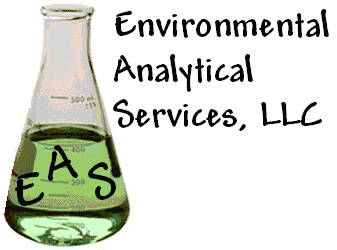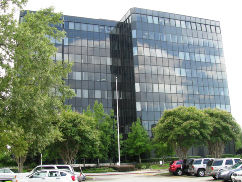


13201 Northwest Freeway Suite 520 Houston, Texas 77040
Phone: 713-343-4017
Fax: 713-934-9942
Environmental Analytical Laboratories is certified to adhere to a set of operating standards that assure that our laboratory is able to identify fungi and bacteria in culture accurately. We guarantee that each analyst in our lab can recognize spores on spore trap, tape or bulk samples. Microscopic analysis of samples is an increasingly important tool for the environmental investigator. That is why we set an industry standard for individual analysts Labs with well-trained mycologists that have been performing onsite testing and quality control.
Asbestos can be found naturally in the air outdoors and in some drinkable water, including water from natural sources.[40] Studies have shown that members of the general (non-occupationally exposed) population have tens of thousands to hundreds of thousands of asbestos fibers in each gram of dry lung tissue, which translates into millions of fibers and tens of thousands of asbestos bodies in every person’s lungs.[41]
Asbestos from natural geologic deposits is known as “naturally occurring asbestos” (NOA). Health risks associated with exposure to NOA are not yet fully understood, and current US federal regulations do not address exposure from NOA. Many populated areas are in proximity to shallow, natural deposits which occur in 50 of 58 California counties and in 19 other U.S. states. In one study, data was collected from 3,000 mesothelioma patients in California and 890 men with prostate cancer, a malignancy not known to be related to asbestos. The study found a correlation between the incidence of mesotheliomas and the distance a patient lived from known deposits of rock likely to include asbestos; the correlation was not present when the incidence of prostate cancer was compared with the same distances. According to the study, risk of mesothelioma declined by 6% for every 10 km that an individual had lived away from a likely asbestos source.